Coșul tău
Noutățile companiei
Noutăți E-Malt
UK: Scotch whisky facing a sharp downturn in production
India: Indian beer sales boosted as drinkers switch from spirits
Mexico: Mexico�s largest independent brewery Colima grows by 41% in 2025
Panama: Beer, most alcoholic beverages production down in January-August
Malțurile noastre
Hameiurile noastre
Hameiuri noi
Drojdiile noastre
Condimentele noastre
Zahărul nostru
Capacele noastre
-
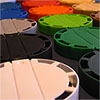 Kegcaps 64 mm, Orange 43 Sankey S-type (EU) (1000/cutie)
Adaugă în coş
Kegcaps 64 mm, Orange 43 Sankey S-type (EU) (1000/cutie)
Adaugă în coş
-
 CC29mm TFS-PVC Free, Verde with oxygen scav.(6500/cutie)
Adaugă în coş
CC29mm TFS-PVC Free, Verde with oxygen scav.(6500/cutie)
Adaugă în coş
-
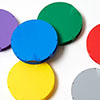 Kegcaps 69 mm, Orange 43 Grundey G-type (850/cutie)
Adaugă în coş
Kegcaps 69 mm, Orange 43 Grundey G-type (850/cutie)
Adaugă în coş
-
 Kegcaps 64 mm, Rosu 56 Sankey S-type (EU) (1000/cutie)
Adaugă în coş
Kegcaps 64 mm, Rosu 56 Sankey S-type (EU) (1000/cutie)
Adaugă în coş
-
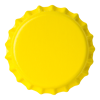 Crown Caps 26 mm TFS-PVC Free, Galbene col. 2165 (10000/cutie)
Adaugă în coş
Crown Caps 26 mm TFS-PVC Free, Galbene col. 2165 (10000/cutie)
Adaugă în coş
Certificate
Sugestie
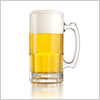 USA: Drop in craft beer sales could mean the sector is simply maturing, experts say
USA: Drop in craft beer sales could mean the sector is simply maturing, experts say
Beer sales have been less than desirable as of late, to put it mildly. The U.S. beer industry’s volume consumption decreased 4.4% in 2023 to 2.68 billion 2.25-gallon cases, according to the Beverage Information Group’s 2024 Industry Overview, Beverage Dynamics reported on October 21.
Just two beer segments — imported and flavored malt beverages (FMBs) — achieved any volume growth and that wasn’t enough to offset the significant decline of other domestic beer categories.
How much have things changed? Anheuser-Busch’s Bud Light, long the top-selling brew, in 2023 slipped to number two, behind Modelo Especial, following a consumer boycott of Bud Light after a controversial marketing move. This past July, Bud Light fell to number three after Michelob Ultra took second place.
Craft beer sales have slowed with the rise of too many breweries, consumers not drinking as much beer, and those that do drink beer opting for less-expensive brews. It doesn’t help matters that the price of beer has skyrocketed, says Greg Winget, head brewer at Valparaiso, IN-based Sea of Monsters, a brewery owned by Journeyman Distillery.
“Since beer is an agricultural product, when the economy shifts, the pricing for it ultimately has to follow suit,” Winget says. “But now this means as people walk into bars, they’re doing a value assessment and seeing that cocktails are closer in price to beer, so they’ll just choose the cocktail.
Another casualty of the huge proliferation of craft breweries “is that many of them aren’t good,” Winget continues. “Customers go and try these poorly constructed beers that are very expensive, and so they think they’re wasting their money. It’s our responsibility to win back the affection of customers and show them we can make a well-crafted product with some intrigue behind it and is worthy of their money.”
The craft beer industry faced major challenges in 2023: slower growth, increased competition, supply chain issues and climate change, says Katherine Benecke, general manager of Treadwell Park, a beer hall with two locations in New York. “This pushed the industry to be smarter, more efficient and more cost effective with their offerings.”
Treadwell Park keeps business afloat amid slow beer sales by offering other beverage options on its menus, as well as stocking innovative flavors that stand out from other bars.
“The secret to a great beer is character,” Benecke says. “Where you came from, who you are and your mission statement will ultimately set your beer apart from the rest and create a brand legacy. As brewers and operators, it’s up to us to get those stories across to our customers. Consumers are looking for transparency from brands. That kind of transparency builds trust, and that trust translates to sales.”
Some of the best-selling brands at Treadwell Park include large-scale craft breweries such as Sierra Nevada, Lagunitas and New Belgium, according to Benecke. “Everyone already knows these brands, which makes them easy to sell,” she says.
“To highlight some smaller-scale brands that are booming right now, Talea, a women- and veteran-owned brewery in New York City, is on the rise. Back Home Beer, an Iranian- and women-led brewery, has also quickly established a strong foothold in New York, and is available at most of my favorite bars in the city.”
At Lustig restaurant in Culver City, CA, owner and chef Bernhard Mairinger says “the Trumer Pils (classic pils) and the Weihenstephaner Lager are our top sellers, followed closely by the Stiegl Radler (grapefruit radler) and Kstritzer (dark lager).”
Particularly for restaurants, Mairinger stresses the importance of offering a variety of beers to keep customers happy. “Personally, I am a beer drinker. And with all the great beers out there, it is fun to try different ones and enjoy a variety, especially those that complement our food menu,” he says.
One type of beer experiencing an uptick in sales is alcohol-free brews. Athletic Brewing Co, which specializes in NA beer, told CNBC that its revenue has more than doubled since the brewer’s Series D funding round about 18 months ago. NielsenIQ data also reports that Athletic holds more than 19% market share within nonalcoholic beer and is driving 32% of total nonalcoholic beer category growth.
Joshua James, CEO and owner of alcohol-free bar and bottle shop Ocean Beach Cafe in San Francisco, notes that no-alcohol beer always gets the largest part of the market share compared to other zero-proof beverages.
“Everybody knows Athletic Brewing, and that brand will only continue to grow,” he says. But Northern California’s Best Day Brewing is another popular non-alcoholic beer at Ocean Beach Cafe, along with RationAle, Barrel Brothers and Untitled Art.
The alcohol-free beer selection at Bagley Liquor in Bagley, MN, is booming, says liquor operations manager Christopher Arnold. “My non-alcoholic sales are through the roof.”
The store has a four-foot end cap section with five shelves and 29 SKUs, “and it gets replenished every week,” he says. “For a lot of consumers, they’re switching to these beverages because of health issues, but honestly the buying patterns have changed ever since Covid.”
Two Roads Brewing in Stratford, CT, started expanding its portfolio beyond beer in recent years, and Brewmaster Phil Markowski says the company’s alcohol-free offerings have seen great success.
“The line, which includes our award winning Non-Alcoholic Juicy IPA, is currently outperforming the rest of the non-alcoholic segment in the Northeast,” he notes. “With more consumers looking to moderate their consumption, we’ve created quality products that still offer the taste of traditional beer without the buzz.”
Speaking of IPAs, the beer style remains popular, but there have been some shifts in preferences. “The Hazy IPA isn’t going anywhere. It’s still the dominant style in the U.S. right now,” says Winget at Sea of Monsters.
“IPAs in general control between 70% to 80% of the market, and I don’t see that changing,” he says. “The only change you’ll see is less-loaded IPAs becoming more popular. Consumers are interested in sessional, dryer and cleaner beers.”
Hazy IPAs are also popular at Two Roads, Markowski says, though he’s seen a shift towards more traditional American IPAs as well.
“We recently launched our Coast Rider American IPA in our immediate market, and the reception has been great so far,” he says. “There are signs that some consumers are becoming interested in exploring craft beer beyond Juicy IPAs, which is a healthy trend and one that craft brewing is equipped to handle.”
Recently, Markowski notes, “we’ve seen a shift towards lagers as consumers seek out different craft beer styles that are more balanced while still being crisp and refreshing,” he says. “Our own Cruise Control Lager has been a longstanding product in our craft portfolio, and is up more than 20% since we launched its packaging refresh earlier this year.”
Winget sees more people choosing lighter options. “I see a few things happening — one of them being people choosing simpler beer styles,” he notes.
“Consumers are getting burnt out on the more esoteric options that breweries offer like insanely fruited sours and crazy flavors,” Winget says. “We’ve gotten to this level of jumping the shark, and now people are going to bars and just asking for a lager, pilsner or IPA — something they can wrap their head around that’s also delicious.”
While many industry watchers focus on craft beer’s decline, Winget says that the sector is simply maturing.
“This is a natural part of any industry. The huge proliferation of craft brewing over the last 15 years was an unattainable growth model, so now we’re just seeing a rebalancing of this industry as it settles into what is really an overall economic uncertainty with inflation,” he explains.
“To be realistic, breweries aren’t going anywhere,” Winget adds. “We just need to find the correct niche for these industries within a changing new modern landscape.”
Despite the challenges of reduced demand and a wide range of choices on the market, don’t count craft beer out, says Treadwell Park’s Benecke. “Craft beer retained a $22 billion retail value and continues to flourish locally. It is a major local job provider. Almost everyone in the U.S. lives within 10 miles of a craft brewery now and, on average, spends at least 25% of their beer dollars on local and independent beer.”
Christa Sobier, founder of Beer Witch, a small, boutique craft beer bar and bottle shop in Park Slope, Brooklyn, is hopeful for the future of beer. “Right now, it’s scary out there, but there are still a few people who appreciate and love a good curation,” she says.
“I’m holding on to hope that those folks can carry us through these precarious times,” Sobier adds. “I know if we closed tomorrow, I wouldn’t be able to find a lot of the beers we carry, so that’s worth holding onto. Maybe it’s not enough to survive, especially in such an unaffordable city, but time will tell.”
Înapoi


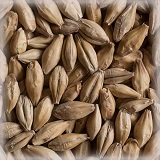
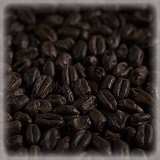
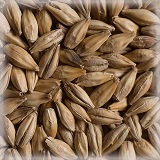
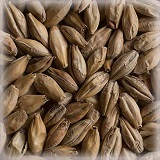
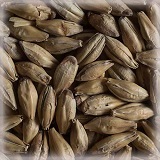
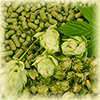
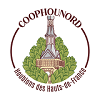
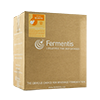
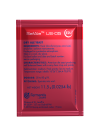
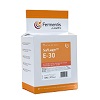
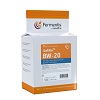
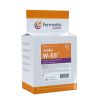
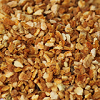
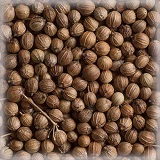
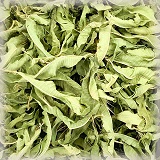
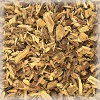
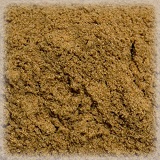
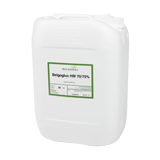
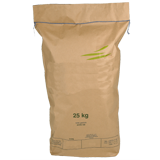
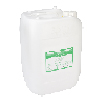
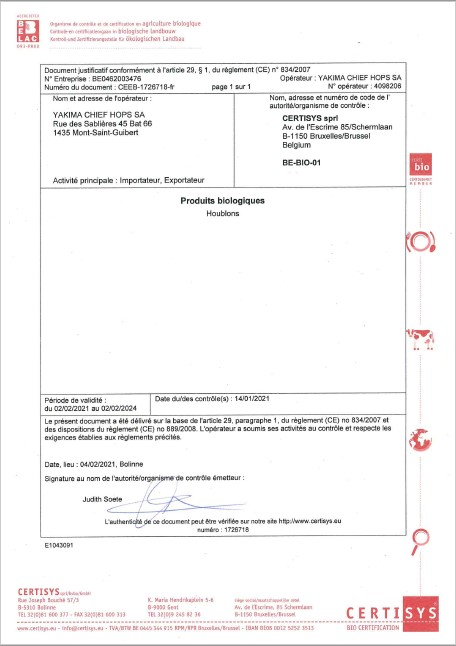 Hops Yakima Chief, Certificate Bio 2021-2024
Hops Yakima Chief, Certificate Bio 2021-2024
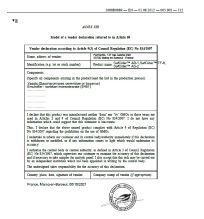 Fermentis Yeast- Non GMO declaration SafCider range
Fermentis Yeast- Non GMO declaration SafCider range
 SAS Biohop Organic certificate 2023-2025
SAS Biohop Organic certificate 2023-2025
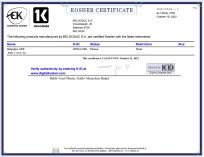 Malt Kosher Certificate July 2024-June 2025
Malt Kosher Certificate July 2024-June 2025
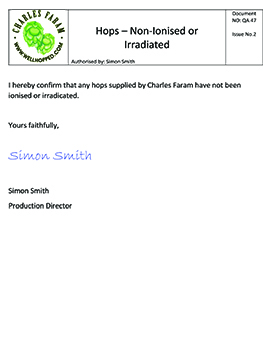 ChF Hops Non-Ionization and Non-Irradiation Certificate
ChF Hops Non-Ionization and Non-Irradiation Certificate






